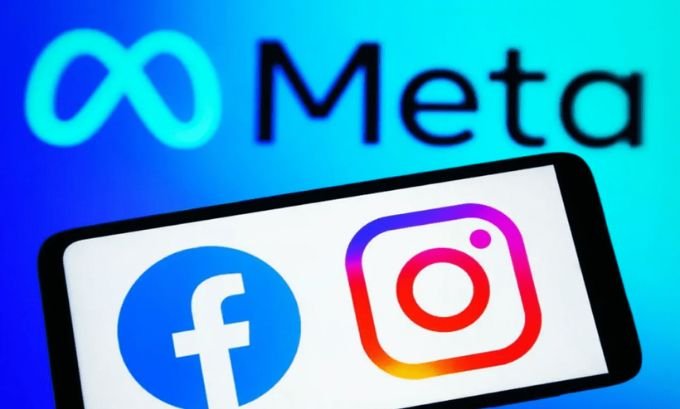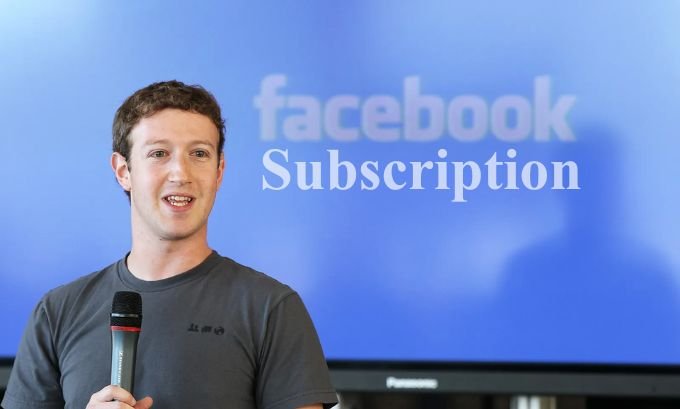Curious about the new facebook subscription and whether it’s right for you? Here’s your comprehensive guide to how this model changes the experience for everyday users, creators, and the business of social media itself.
What Is Facebook Subscription?
A facebook subscription lets you pay a monthly fee to remove ads from Facebook and Instagram, owned by Meta. Instead of seeing personalized advertising, subscribers enjoy an ad-free experience, while non-subscribers access the same platforms for free in exchange for targeted ads. This model responds to privacy laws and regulatory calls for user choice.
Why Did Meta Introduce Facebook Subscription?
Meta shifted to a facebook subscription model under growing international pressure over user data and privacy. High-profile cases—including those involving the UK’s Information Commissioner’s Office (ICO), and challenges raised by EU regulators—put Meta’s personalized advertising business under scrutiny. Now, users gain more direct control over how their data is used, while Meta maintains new revenue streams by offering ad-free subscriptions.

Real-Life Scenarios: Navigating the New Choice
Let’s consider Alice, a small business owner, and Jay, a casual user. For Alice, Facebook’s original ad model helped her target local customers, using personalized advertising to grow her bakery’s reach. Now, with facebook subscription rolling out, she wonders if fewer users seeing ads will impact her sales. Jay, meanwhile, jumps at the chance to browse both Facebook and Instagram without ads, embracing the quieter, more focused experience that a subscription brings.
Content creators are also in the mix. Access to Facebook’s Content Moderation Tool and other monetization features is increasingly determined by activity and performance, as Meta nudges creators towards more frequent, quality uploads. For some, performance bonuses help offset income instability, but many still depend on a consistently large, ad-engaged audience.
Facebook Subscription: Highlights and Benefits
- User Control: Subscribers can finally choose not to participate in Meta’s advertising ecosystem—a big shift for privacy-conscious users.
- Cleaner Feeds: Both Facebook and Instagram feel less cluttered, making it easier to focus on friends and interests.
- Regulatory Alignment: By offering facebook subscription, Meta answers regulators such as the ICO and multiple EU agencies.
- Clear and Transparent Options: The choice is upfront: ads for free, or pay for privacy.
Where Facebook Subscription Falls Short
- Access Equity: Only those able (and willing) to pay can avoid ads, raising fairness concerns. Privacy, in effect, becomes a paid feature.
- Limited Choices by Region: In the EU, users can still see “less personalized” ads without paying. In the UK, the choice is binary: pay or accept ads. This regional divide can frustrate users.
- Impacts for Businesses and Creators: Small businesses like Alice’s and Facebook creators who rely on widespread, targeted advertising may face new challenges as more users opt for ad-free feeds.
- Opaque Creator Tools: Gaining access to certain resources—like the Content Moderation Tool—remains unpredictable and performance-based, which can limit the earning potential of rising creators.
Regulatory Drivers: ICO, EU Regulators, and Beyond
Regulators have long argued that users shouldn’t be forced to accept personalized advertising to enjoy core services. A turning point came when Tanya O’Carroll, a UK privacy advocate, challenged Meta’s practices by invoking the country’s rules on direct marketing. Her case spurred the ICO into action, producing clear guidance: platforms must offer a genuine alternative to tracking-heavy ads.

EU regulators echoed these sentiments, scrutinizing Meta until it lowered subscription prices and broadened user choice. Notably, the ICO’s push resulted in considerably lower starting prices for UK users compared to the EU—a move aimed at increasing accessibility and compliance.
The Creator Economy: Earnings, Tools, and Evolving Demands
The facebook subscription ripple extends to how creators engage and earn on the platform. Monetization tools are increasingly exclusive and tied to performance, with invite-only access becoming the norm. Consistent uploads—across Reels, Lives, Posts, and more—can improve the chances of unlocking the Content Moderation Tool and earning performance bonuses.
But there’s volatility: over the past year, creators have reported dips in earnings (many now average £300–£400, down from possible peaks near £1000). Meta, in turn, is experimenting with new incentives to retain talent, but the long-term effect of a split—subscribers vs. ad-funded users—remains uncertain.
At a Glance: Facebook Subscription Pricing (UK vs. EU)
| Tier/Aspect | UK Web | UK iOS/Android | EU (base) |
|---|---|---|---|
| Ad-Free Subscription | £2.99/mo | £3.99/mo | €5.99/mo |
| Platforms Covered | Facebook, Instagram | Facebook, Instagram | Facebook, Instagram |
| Notes | Lower price, ICO-influenced | Higher due to app store fees | Option for ‘less personalized’ ads also available |
Frequently Asked Questions: Fast, Clear Answers
1. What exactly does a facebook subscription do?
It lets you pay a low monthly fee to avoid all ads (including personalized advertising) on Facebook and Instagram.
2. Is the facebook subscription available everywhere?
Currently, it’s rolling out in the UK and much of the EU. Regional options (like seeing “less personalized” ads) may differ.
3. Can I still use Facebook and Instagram for free?
Absolutely. Staying on the ad-supported plan costs nothing, but you’ll keep seeing targeted ads.
4. How might this affect creators and small businesses?
With fewer users seeing ads, creators who rely on ad-share revenue might earn less. Local businesses may need to rethink outreach, especially if more people subscribe.
5. Why are there different prices and options in the UK vs. the EU?
UK prices are lower partly due to ICO negotiations; the EU offers a “less personalized” ad option not available in the UK.
6. Who is Tanya O’Carroll and what did she achieve?
Tanya O’Carroll is a UK privacy activist whose legal action against Meta spurred regulatory changes, ultimately helping bring about facebook subscription.
7. Does subscribing impact creator rewards or access to special tools?
Indirectly, yes. As Meta recalibrates monetization (like requiring performance-based access to the Content Moderation Tool), creators face changing benchmarks and possible dips in earnings.
Critical Reflections and Next Steps
Facebook subscription represents a major pivot in how Meta navigates privacy, regulation, and revenue generation. The move delivers on calls for transparency and user choice, but not without creating new barriers around access and raising questions about digital equity.
As an industry observer (with years spent testing, reporting, and advising on digital platform updates), I see facebook subscription as a necessary evolution. Privacy matters, and clear choices matter more. Still, the tension between ad-based funding and paid upgrades won’t disappear overnight. For now, users—whether ordinary scrollers, dedicated creators, or small business owners—are the ones experimenting, adapting, and watching how the story unfolds.


